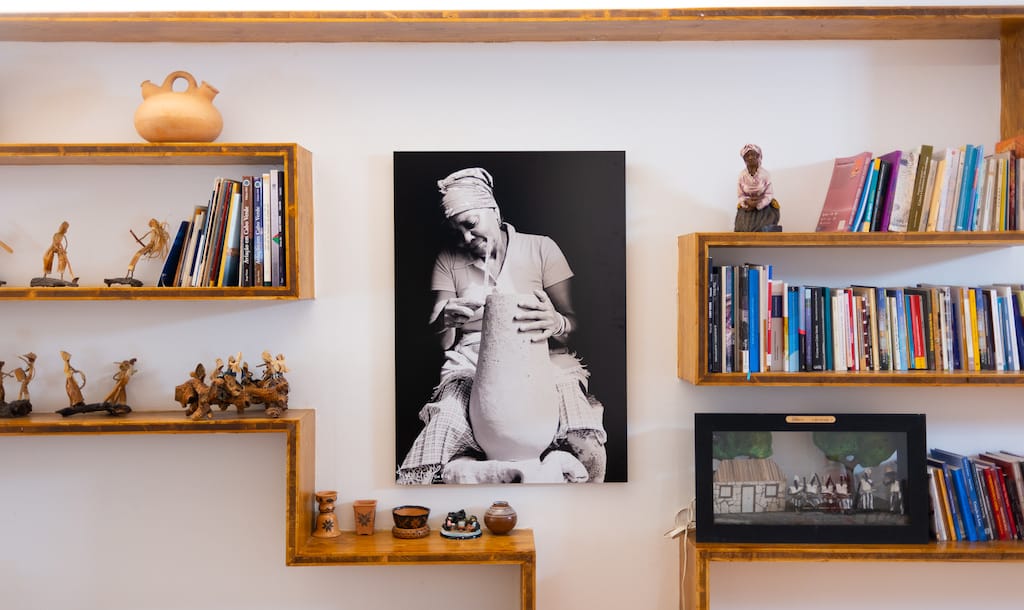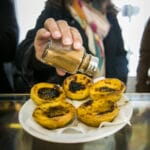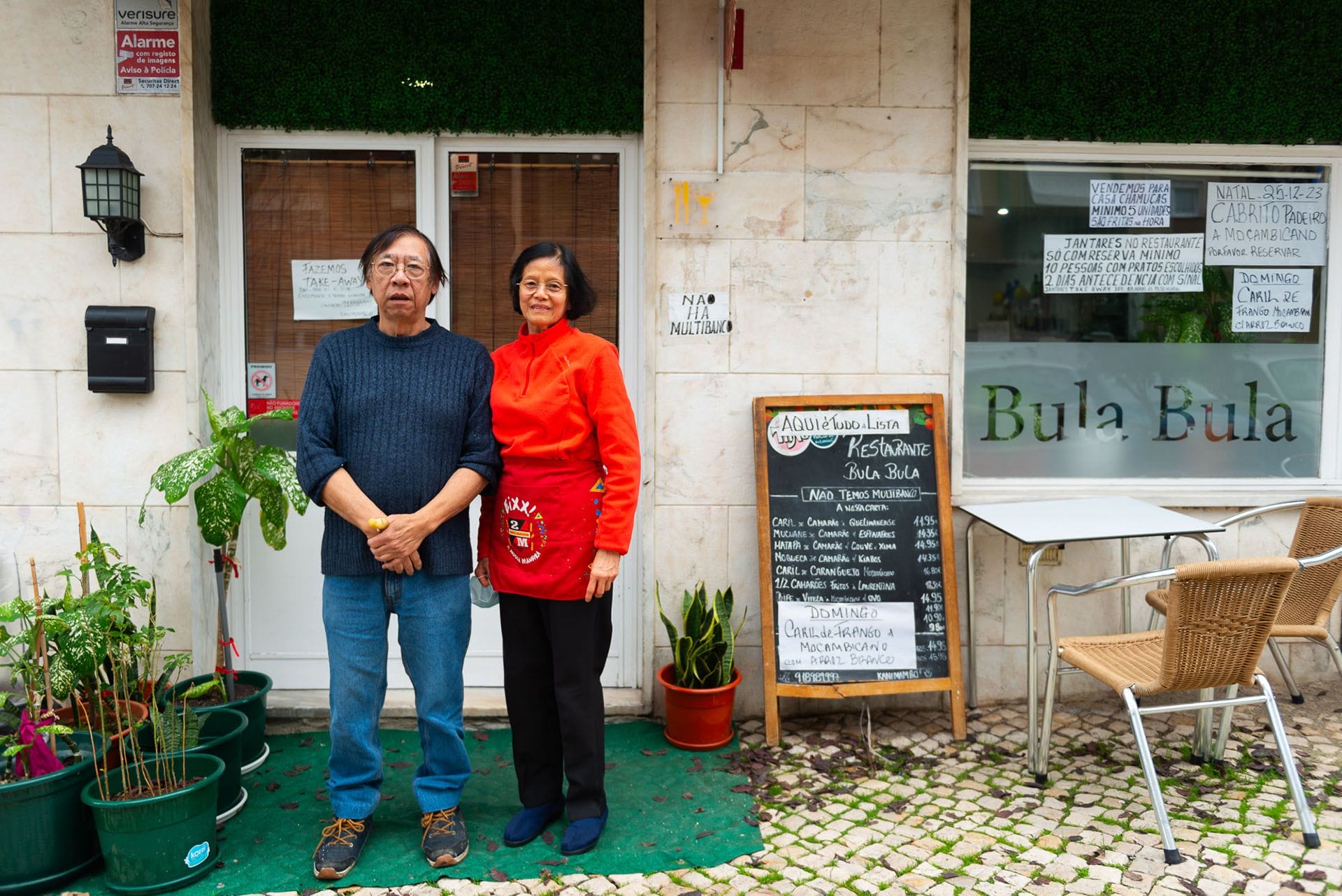One of the joys of Lisbon’s food scene is the access it allows to cuisines from across the Lusophone world. And one of the most represented is the food of Cabo Verde (formerly known as Cape Verde), an archipelago of 10 islands off the western coast of Africa. Its ubiquity is due to immigrants from the islands, but also perhaps because it has so many links with the cuisine of Portugal.
“Our ingredients [in Cabo Verde] are almost completely European,” explains Maria Andrade, better known as Milocas, the chef/owner behind By Milocas, a Cabo Verdean restaurant in Lisbon. “Our food has so much to do with Portugal. The way we prepare fish, octopus and seafood is similar to how they’re prepared in Portugal.”
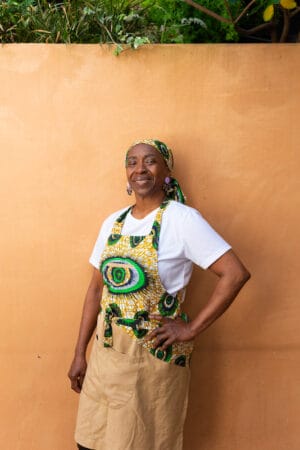 And she should know. Born in Praia, on the island of Santiago, Milocas has spent more than 20 years in Lisbon cooking the food of her homeland, first for more than a decade at the Associação Caboverdeana, longstanding cultural center with an attached restaurant, then at her own restaurants. By Milocas, her latest venture, is located in the basement of Centro Cultural de Cabo Verde, a warm, inviting basement-level space filled with cultural paraphernalia – books, photos, handicrafts – from the islands.
And she should know. Born in Praia, on the island of Santiago, Milocas has spent more than 20 years in Lisbon cooking the food of her homeland, first for more than a decade at the Associação Caboverdeana, longstanding cultural center with an attached restaurant, then at her own restaurants. By Milocas, her latest venture, is located in the basement of Centro Cultural de Cabo Verde, a warm, inviting basement-level space filled with cultural paraphernalia – books, photos, handicrafts – from the islands.
“We’re a small country with few people and very little rain. You can’t grow anything there,” she tells us. “We don’t use raw palm oil, we don’t use African spices and herbs. The one connection we have with African cooking is cornmeal.”
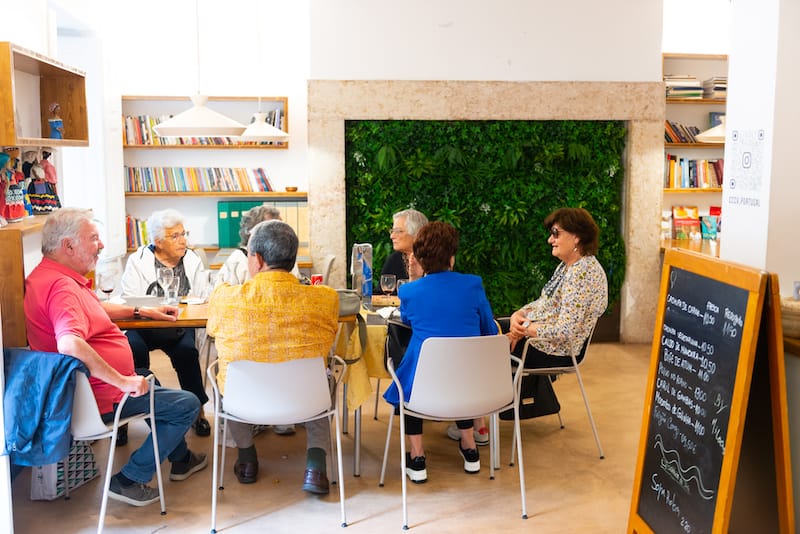
And indeed, the relatively brief menu at By Milocas features half a dozen dishes that include corn in various forms. The headliner is cachupa, without a doubt the Cabo Verdean dish most people in Lisbon are familiar with, a hearty stew that combines hominy (corn kernels that have been treated with lye in order to make them both easier to preserve and more nutritious), beans, tubers and protein.
We ask Milocas why cachupa has almost single handedly become synonymous with Cabo Verdean food and she tells us, “Even people who don’t have money have corn,” explaining that with this ingredient as a base, just about anybody on Cabo Verde can make a pot of cachupa from whatever ingredients may be at hand. Although people in Lisbon might associate cachupa with meat – in particular with Portuguese sausages such as chouriço and morcela – Milocas goes on to tell us that in Cabo Verde the dish is also made with seafood, especially tuna. “We have so much seafood [on Cabo Verde]. It’s cheap, anybody can make cachupa with this.”
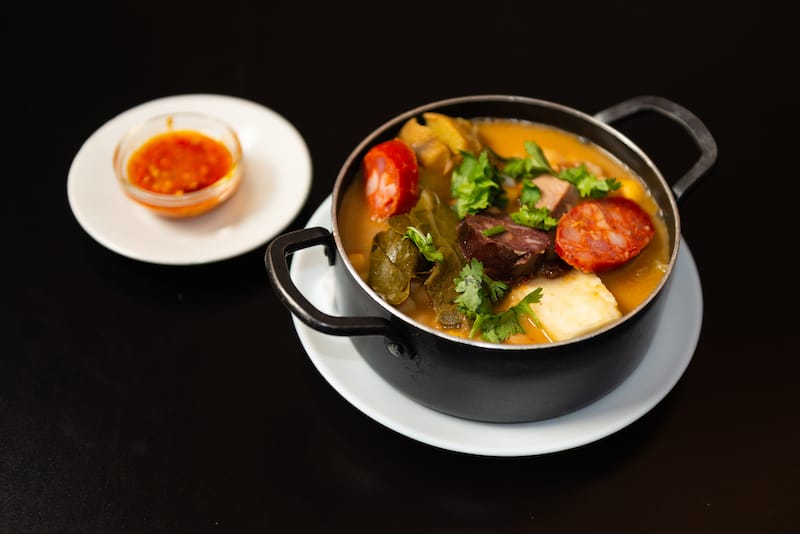
At By Milocas, she serves a meat cachupa, a tuna cachupa and a vegetarian version on a daily basis. All are bulked out with kernels of hominy – white and yellow – three types of beans (“Not everybody in Cabo Verde uses three kinds of beans. This is the style in Praia, where I’m from. Most people use whatever they can find!”), sweet potatoes and cassava. If you’re feeling particularly decadent, you can opt for cachupa refogada, cachupa from the previous day that has been reduced, supplemented with linguiça and topped with a fried egg.
The dish is accompanied by a chili sauce that Milocas makes herself, in-house, and that packs a real punch. “I buy chili at a Chinese market,” she tells us. “I tell them, ‘If it’s not spicy, I’m coming back to let you know!’”
Other corn-based dishes at By Milocas include pastéis de milho, tiny, savory pies made from mixture of cornmeal and sweet potato and stuffed with tuna; sopa de rolon, a soup of cornmeal supplemented with flakes of tuna; and mousse de camoca, a dessert that combines toasted cornmeal, sweetened condensed milk and cream.
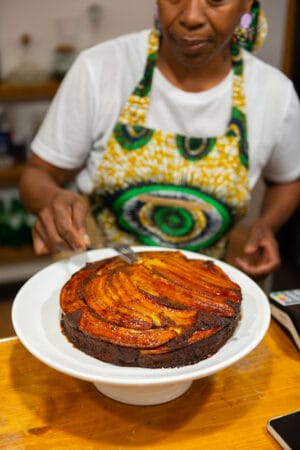
The menu at By Milocas also occasionally extends into the mainland.
“I used to cook at Cabo Verdean embassies in other countries in Africa,” Milocas tells us. “In doing this I learned African recipes.” As a result, daily specials – which are typically announced on Instagram – dip into the cuisines of São Tomé, Guinea-Bissau and Mozambique. Milocas’s take on moamba de galinha, a dish from Angola that combines chicken, okra and raw palm oil, has found a permanent place on the menu.
After chatting, we ask Milocas to pose for a portrait, and after a few frames she rushes back to the kitchen.
“Last night, I was here until 10 p.m. and I had to be here at 7 a.m. today,” she tells us. “It’s a lot of work!”
Although By Milocas is something of a family restaurant, with Milocas’s son and sister also lending a hand, as the name indicates, it’s ultimately the expression of one woman – one that came about after decades of learning, experience and hard work. For those of us interested in the flavors, ingredients and dishes of the Portuguese-speaking world, we’re lucky to have Milocas here in Lisbon.
Austin BushAustin Bush
Published on June 22, 2023
Related stories
April 4, 2024
LisbonQuick Bite: On this food tour in Lisbon, we’ll experience a cultural feast, tasting some of the most diverse bites of the city’s gastronomy and meeting the people behind them. The oldest city in Western Europe, once the hub of a trading empire that connected Macau in the east to Rio de Janeiro in the…
February 23, 2024
LisbonMozambican, Portuguese and Cantonese – with a fair bit of Indian thrown in. On the surface, it’s an utterly unlikely culinary mashup. But it makes perfect sense at Bula Bula, a restaurant on Lisbon’s northern outskirts. The husband-and-wife owners of Bula Bula, Ana Lee and Fernando Ho, are ethnic Chinese who can trace their ancestry…
July 13, 2023
LisbonWe’re in a small café in Lisbon’s Madragoa neighborhood, and all of the disparate dishes loading down the table in front of us – small bread-like balls, a dish that resembles a small crepe, granola studded with flakes of grains, a pudding-like dessert – have one ingredient in common: cassava. “Cassava is known as the…







































